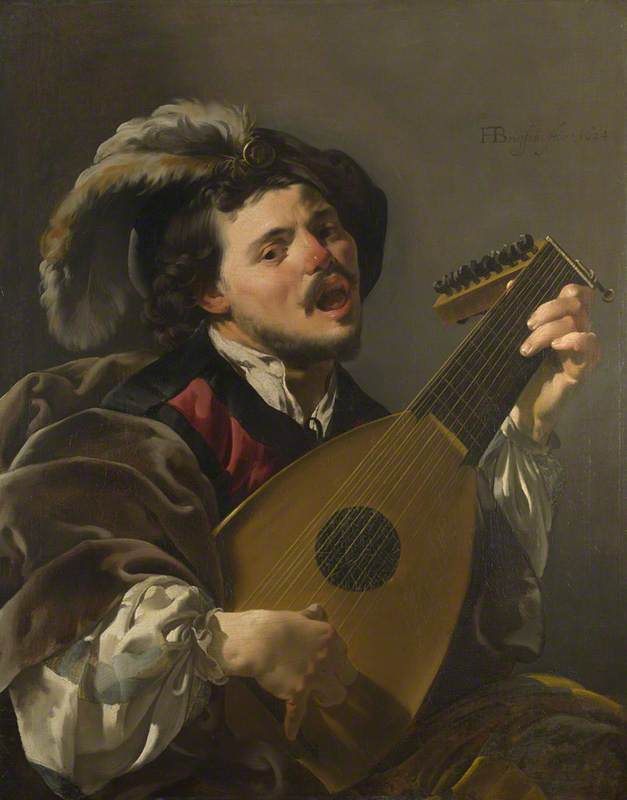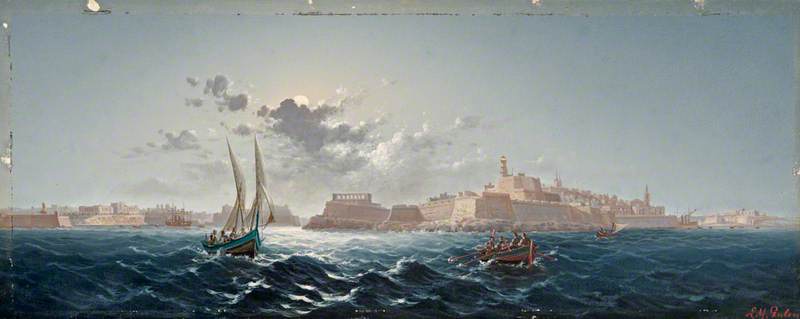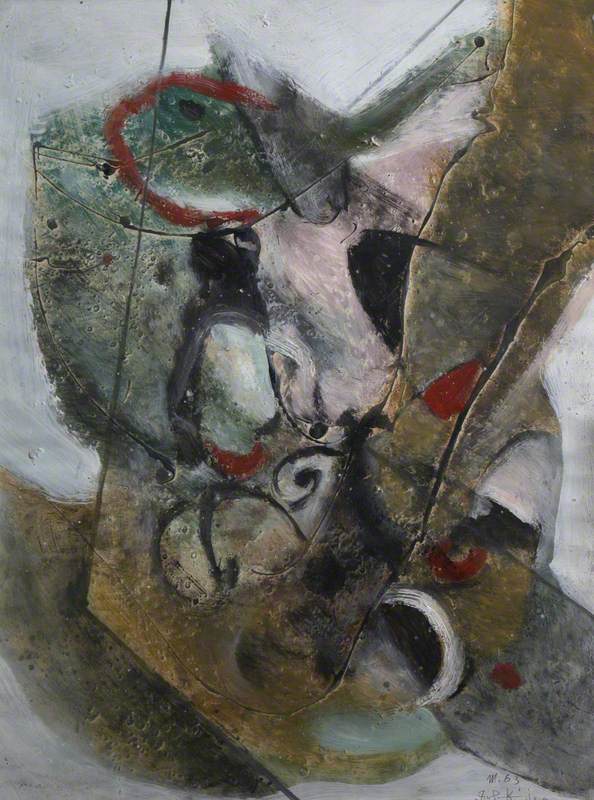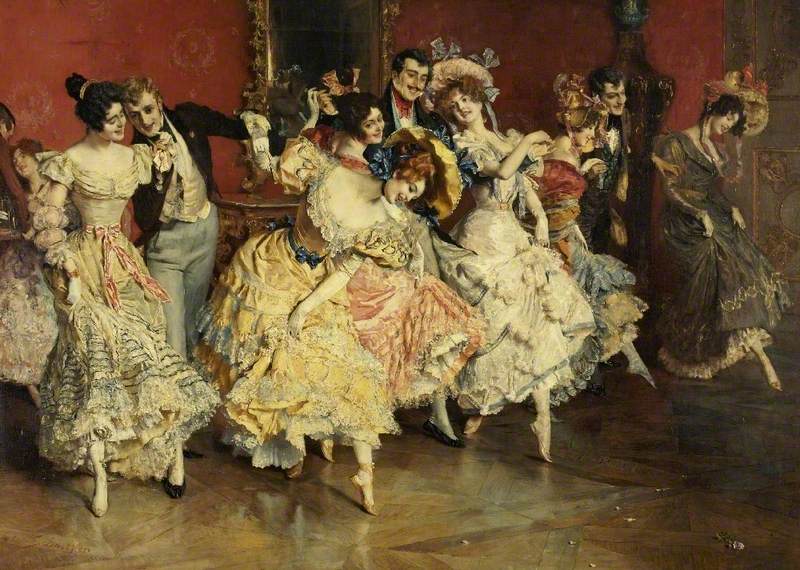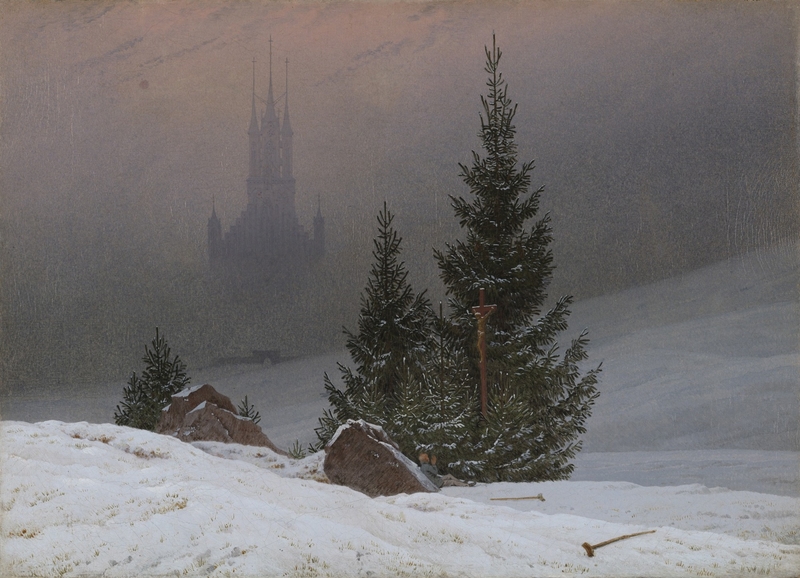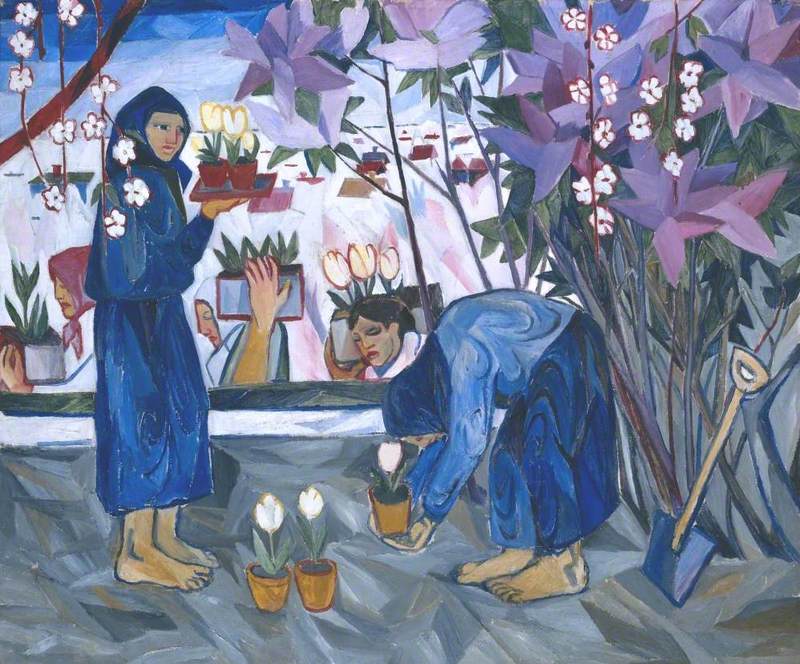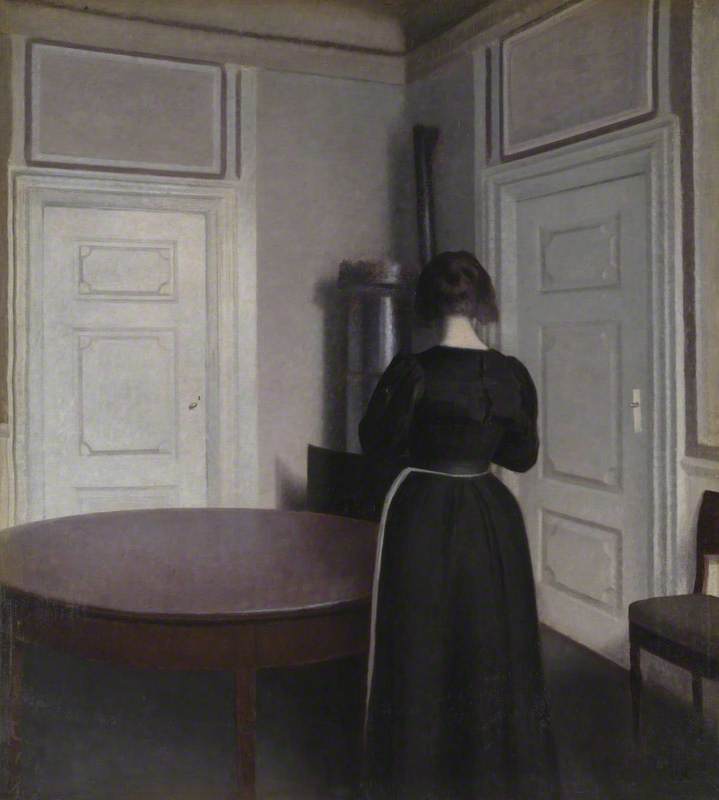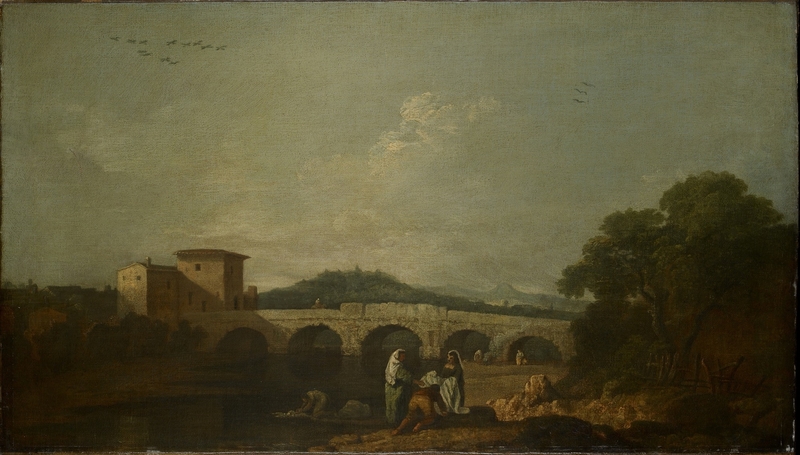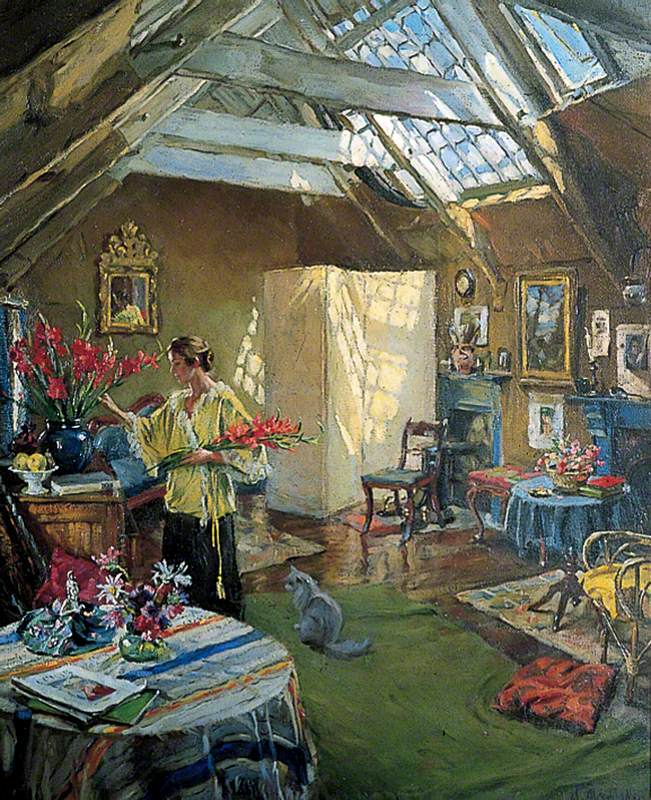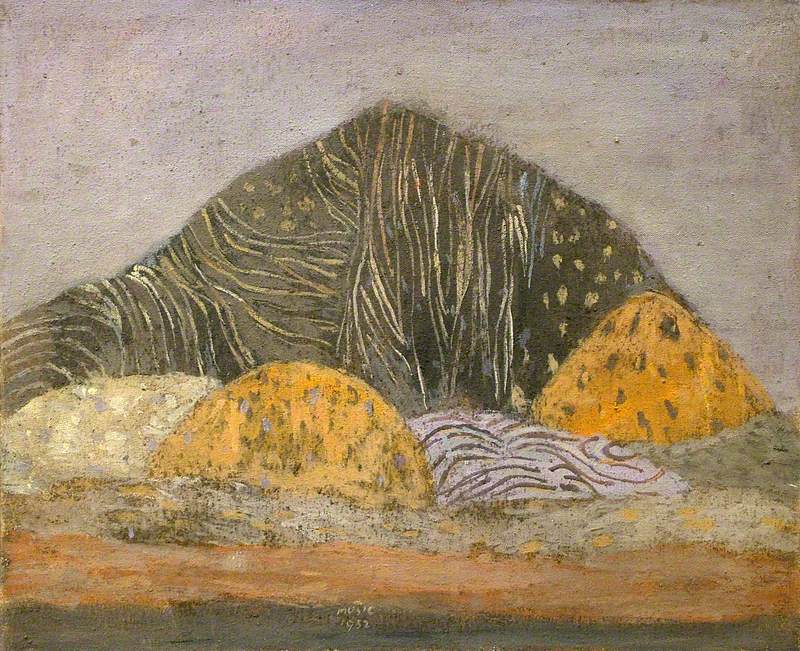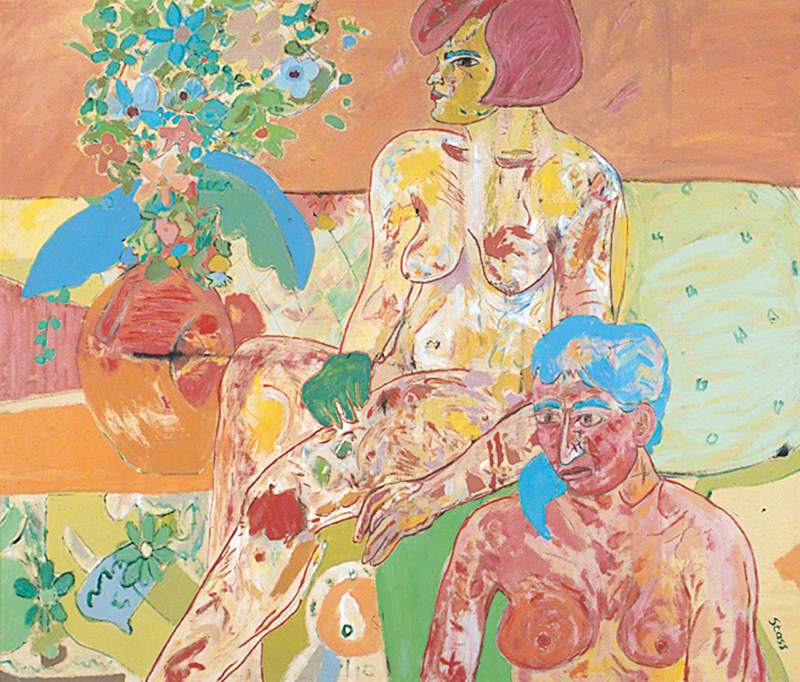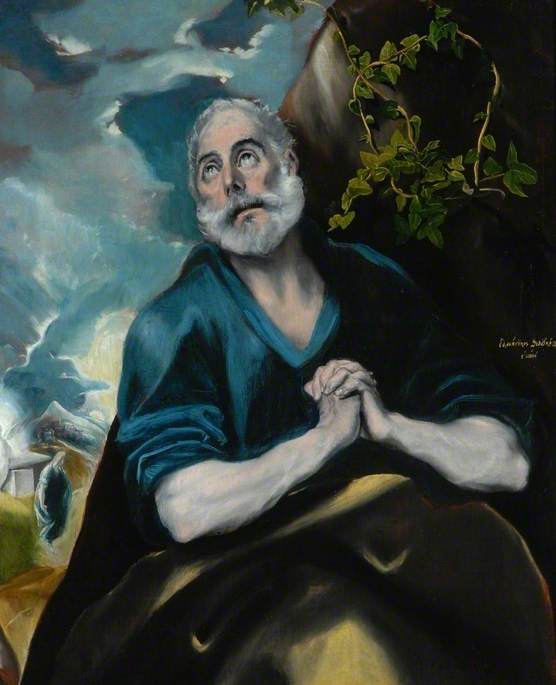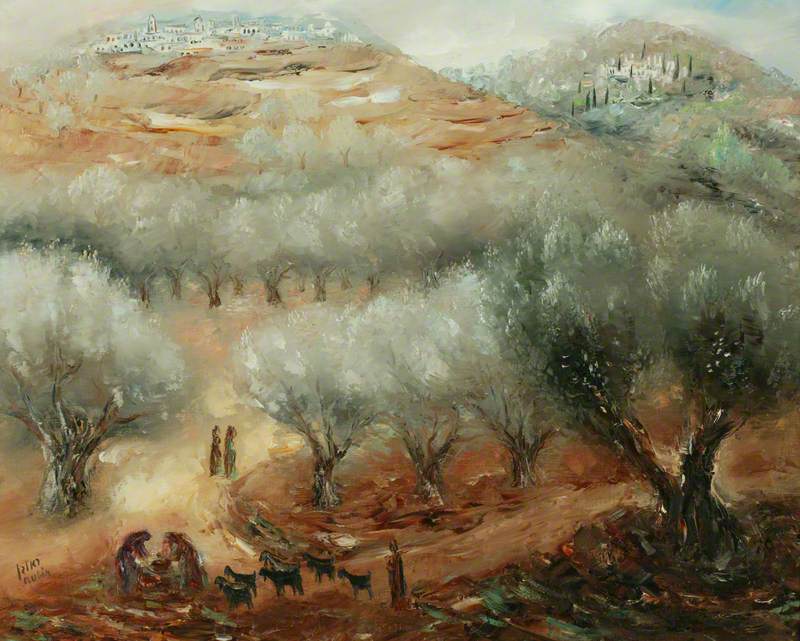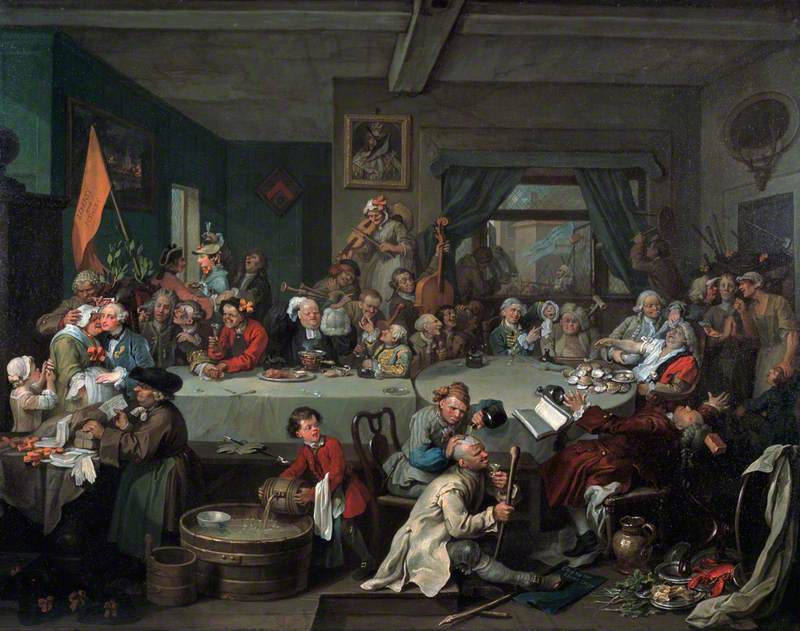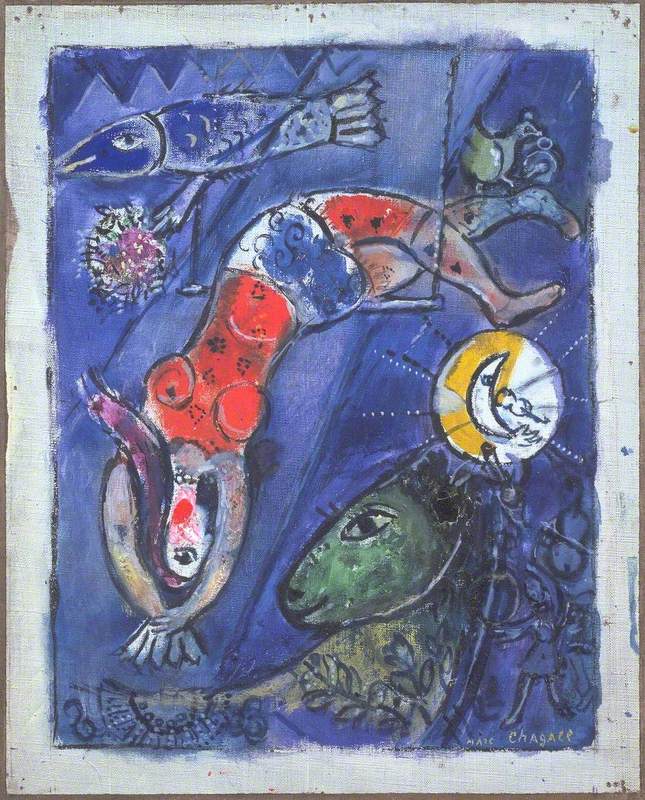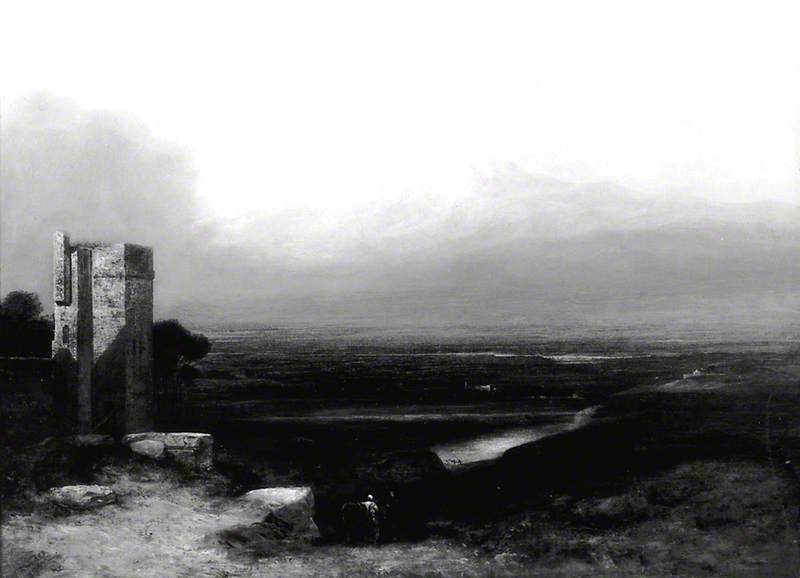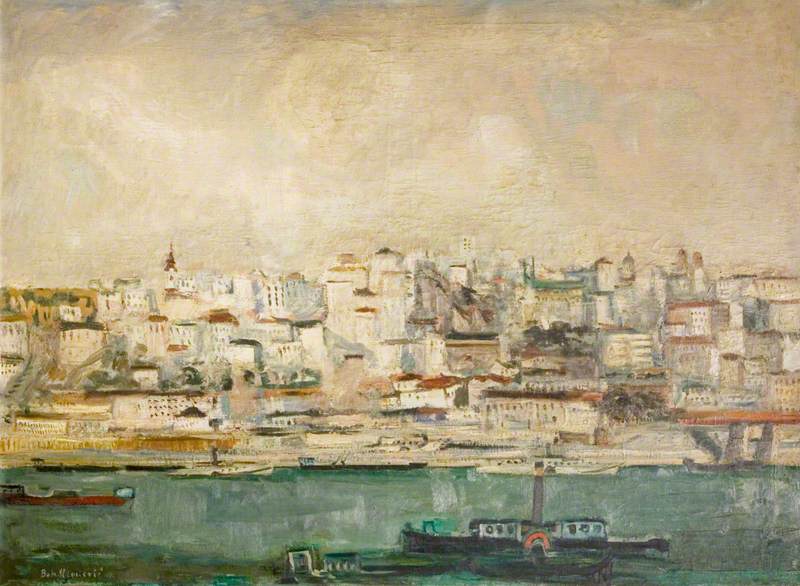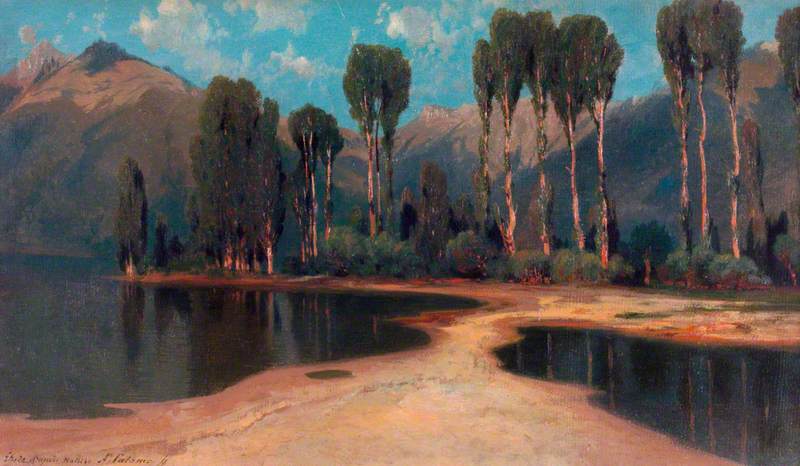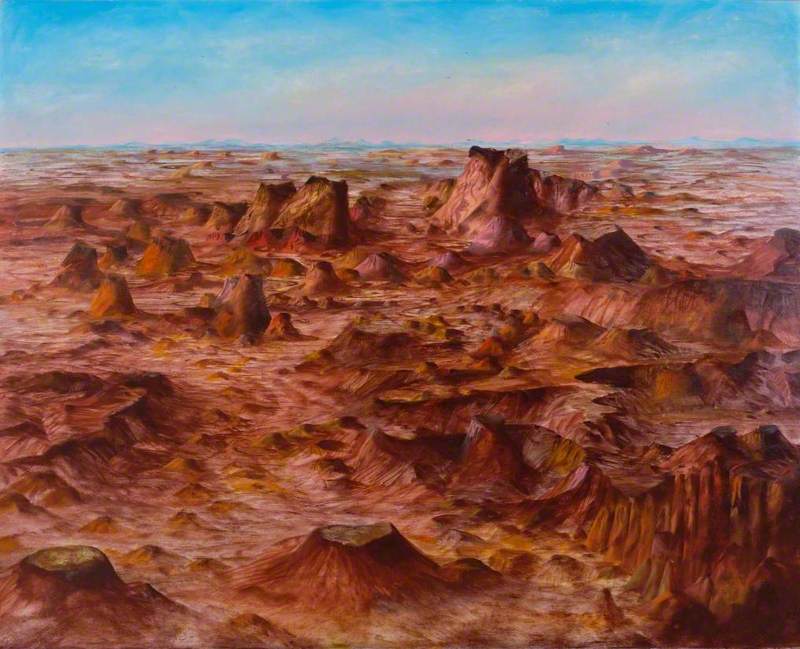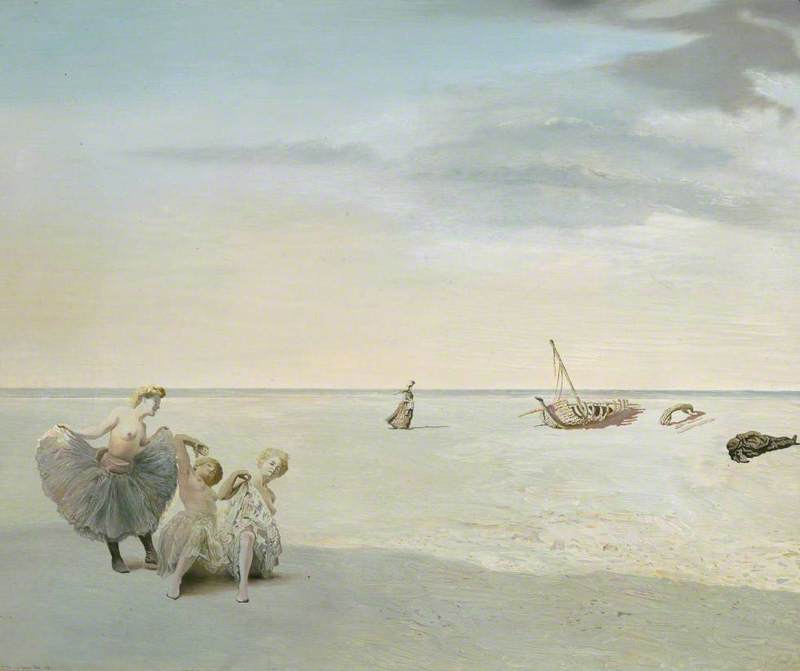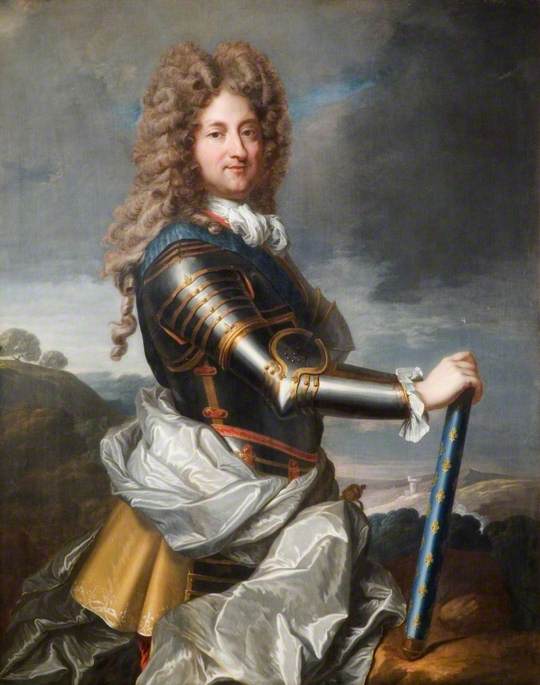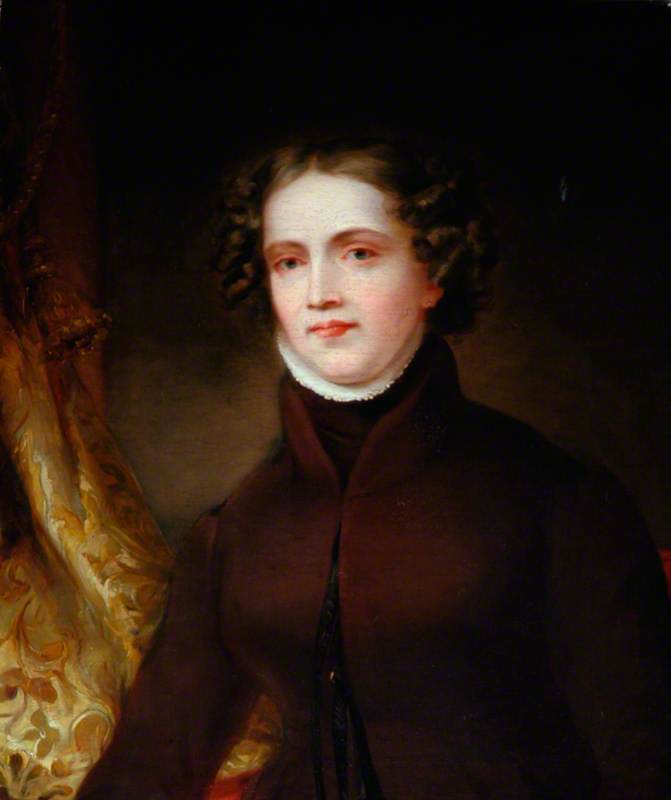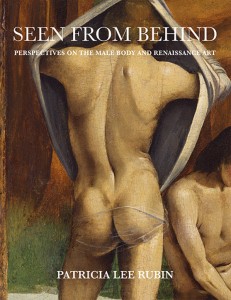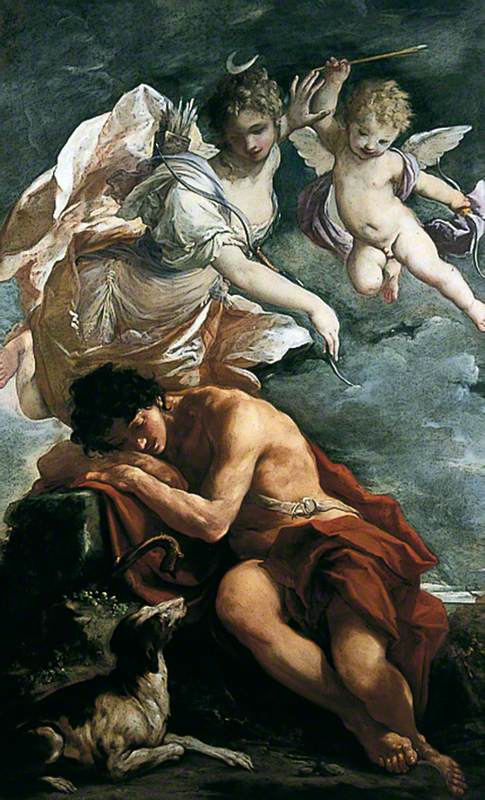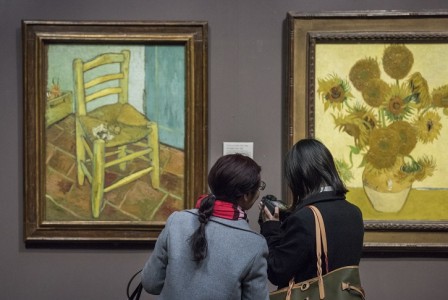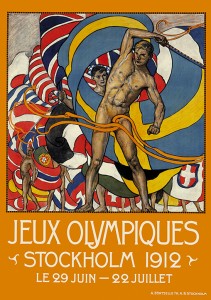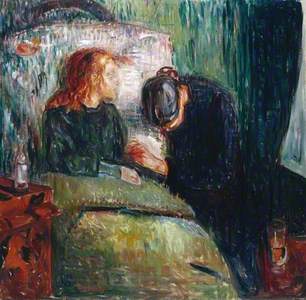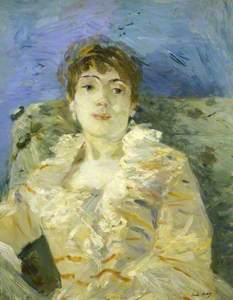Eurovision. A celebration of European talent? Or a televised musical Olympics fraught with political tension and some rather questionable singing?
Either way, it's all a bit of fun, isn't it? Eurovision is worth watching for the sheer spectacle alone, and of course, following in Terry Wogan's giant drunken footsteps, Graham Norton's highly entertaining running commentary.
While some Brits claim to be indifferent to the talent contest, many still secretly tune in from their living rooms and then proceed to be outraged when (yet again) no one votes for us. But in these murky, post-, mid- (who even knows anymore) Brexit waters, are they really to blame?
To coincide with this thinly veiled popularity contest, where your nation's diplomatic reputation really starts to matter, Art UK proposes another kind of non-competitive Eurovision, through art. If you want to follow along, the countries appear in the running order of the Grand Final for Saturday 18th May 2019.
Malta
Kicking off the show is Malta, a country who has historically been a Eurovision ally to the UK (let's hope they continue to vote for us this year). Here's a painting by the British Maltese artist Luigi Maria Galea (1847–1917).
Albania
A newcomer to Eurovision, Albania's song is apparently about the history of emigration from Albania. Ibrahim Kodra (1918–2006) was an Albanian painter who moved to Italy and became friends with Pablo Picasso.
Czech Republic
Following the split with Slovakia in 1993, the Czech Republic made its Eurovision debut in 2007. Apparently, Czech audiences are not so keen on Eurovision. Maybe because they are having too much fun, like the people dancing in this painting by Leopold Schmutzler (1864–1941). Schmutzler was born in what is now part of the Czech Republic.
Germany
One of the earliest participants at Eurovision (although it was for many years technically West Germany, of course, with East Germany occasionally taking part in the Eastern bloc equivalent), Germany has finished last at least three times. Not to worry, they have some of the most exceptional painters, including Caspar David Friedrich (1774–1840), Albrecht Dürer (1471–1528) and Max Ernst (1891–1976).
Russia
A nation that has consistently qualified for the Eurovision Grand final over the past decade (democratically of course), Russia proves that your diplomatic reputation doesn't count for everything at the Song Contest.
The brilliant avant-garde artist Natalia Goncharova (1881–1962) was from Russia.
Tate Modern will exhibit Goncharova's works in a new solo show from 6th June to 8th September 2019.
Denmark
The land of Hans Christian Andersen and Hygge, Denmark has won Eurovision three times since 1963.
Vilhelm Hammershøi (1864–1916) was a famous painter from Copenhagen.
San Marino
Tiny San Marino, located in northern Italy, is one of the oldest republics in the world. This year they have made it through to the finals with the earworm Say Na Na Na Na. You might want to mute the volume for this one unless you want the words 'Na Na Na Na Na Na Na Na Na...' stuck in your head for the next decade.
Unfortunately, we are in short supply of Sammarinese art in UK collections. Instead, we present to you this painting attributed to Richard Wilson (1713/1714–1782) who, when painting this landscape, captured the hill of San Marino.
North Macedonia
This year's performer representing North Macedonia is Tamara Todevska, who has already participated at Eurovision three times (why can't the UK have Katrina and the Waves perform again?). Sadly, we have no North Macedonian artists to show you on Art UK (the country was formerly the Former Yugoslav Republic of Macedonia, and previously was part of... well, Yugoslavia). Instead, here's a painting by Darsie Japp (1883–1973).
The Royal Field Artillery in Macedonia, Spring 1918
1918
Darsie Japp (1883–1973) 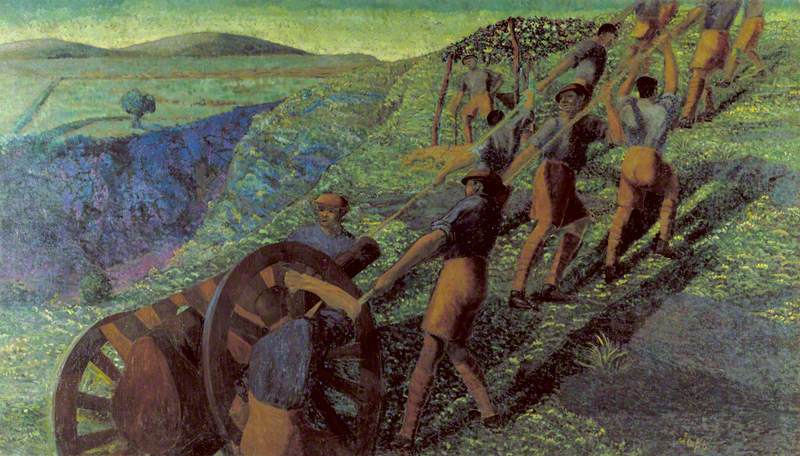
Sweden
Arguably one of the best countries to ever perform at Eurovision, Sweden gave us ABBA in 1974 with Waterloo. Need we say more?
Yes, we do: the winner takes it all.
Alexander Akerbladh (1886–1967) was a Swedish artist.
Slovenia
There's really not much to say about Slovenia at Eurovision. Instead, look at this lovely painting by the appropriately named Zoran Music (1909–2005).
Cyprus
A nation that will (coincidentally) always receive the majority of its votes from Greece, Cyprus still holds the record for the country to participate the most times at Eurovision without winning. However, Cyprus did finish in second place last year, losing to Israel.
Never mind. The island nation boasts the painter Stass Paraskoss (1933–2014), who ended up leaving sunny Cyprus to live in Leeds.
The Netherlands
The Netherlands has given us some pretty wacky performances at Eurovision, but do we really need to question the brilliance of Vincent van Gogh (1853–1890)?
Self-Portrait with Bandaged Ear
1889
Vincent van Gogh (1853–1890) 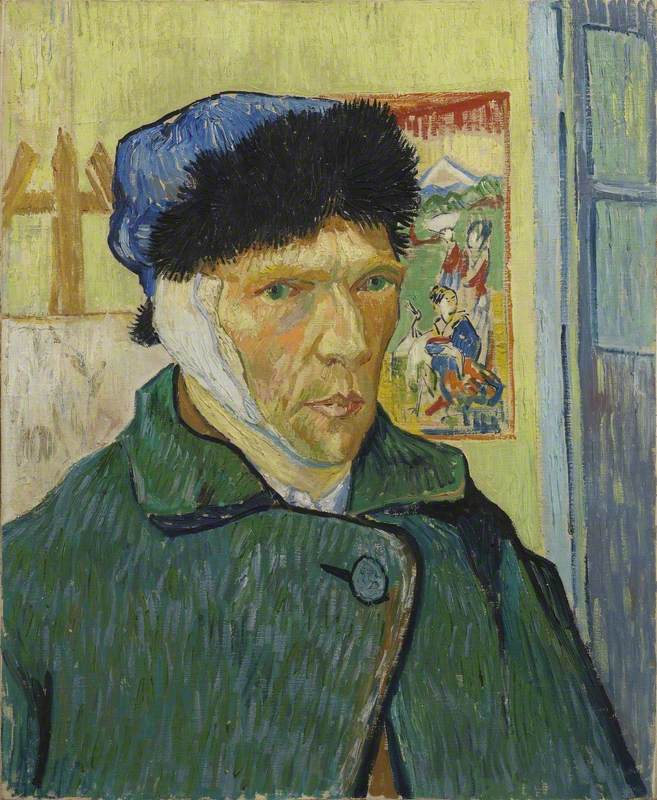
Like the Dutch genius, some of us will inevitably be bandaging our own ears after four hours of watching Eurovision.
Greece
Greece's shining moment at Eurovision was in 2005 when it won the talent competition with a song aptly titled My Number One. The 'Greek' grandfather of painting was El Greco (meaning 'the Greek') yet he was in fact from Crete!
El Greco painted this striking image of Saint Peter, weeping after he betrayed Christ.
Israel
A country that has sparked much controversy for its involvement in Eurovision, nonetheless Israel has dominated the contest since joining in the 1970s. Last year singer Netta won the contest with her #MeToo inspired song Toy. In the spirit of Eurovision, no one seemed to be at all perturbed by the chicken noises and dance moves.
Israeli artist Reuven Rubin (1893–1974) painted this Biblical landscape of Bethlehem.
Norway
Despite scoring 'nul points' in 1978, Norwegian Eurovision singer Jahn Teigen later became a star. Well, sort of.
In terms of painting, Norway is storming ahead in the competition with Edvard Munch (1863–1944). Possibly a bit melancholy to win though?
United Kingdom
While the UK was consistently reaching the finals at Eurovision from the 1960s through to the 1980s, we've never managed to return to our former glory. Is this the real reason for Brexit?
In the British spirit of laughing at ourselves (and everybody else at Eurovision), we proudly present the grandfather of British painterly satire – William Hogarth (1697–1764).
Here is actual footage of a raucous Eurovision drinking party.
Iceland
Perhaps dividing opinion more than any other act at this year's Eurovision (all you need to know is that the group is dressed entirely in leather bondage and sing a song titled Hate Will Prevail), Iceland has come last as many times as Germany.
Presenting something quite different is this charming still life by Icelandic artist Louisa Matthíasdóttir (1917–2000).
Estonia
Either failing spectacularly or reaching the top ten, Estonia is always highly entertaining at Eurovision. This year's singer Victor Crone, is actually Swedish... (but Australia are also participating so does it really matter?).
Benno Schotz (1891–1984) was an Estonian-born Scottish sculptor.
Six Allegorical Figures and Associated Decorative Carvings
c.1925–1928
Benno Schotz (1891–1984) and Archibald Dawson (1892–1938) and Alexander Proudfoot (1878–1957) and Holmes & Jackson Ltd (active 1892–1963) 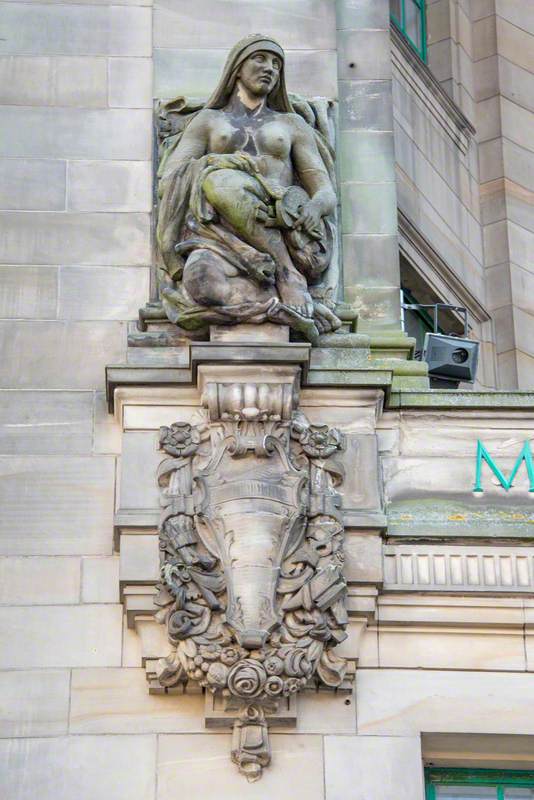
Belarus
The small landlocked Eastern European nation has never won nor lost Eurovision – a respectable position seeing as it has only participated since 2004. In 2016, Belarus grabbed the world's attention at Eurovision when they presented a naked man howling alongside a holographic wolf. Nobody saw that coming.
Marc Chagall (1887–1985) is arguably the country's most historically significant artist.
Azerbaijan
A former Soviet nation situated between Europe and Asia bounded by the Caucasus mountains, Azerbaijan apparently can’t get enough of Eurovision, the contest being the most-watched programme on Azeri TV. However, the lack of Azerbaijani artists on Art UK leads us to share with you this view of the Caucasus instead.
France
Culturally speaking, France has a lot to boast about, which is a good thing because they last won Eurovision in 1977.
We're giving the spotlight to Berthe Morisot (1841–1895), who was one of the greatest female painters.
Italy
One of the strongest contestants at Eurovision, Italy regularly finishes in the top ten. Unsurprisingly, Italy also dominates in the art category. Is there anything they can't do?
In 2014, a lyric in Italy's Eurovision song was 'I love parking inattentively', perhaps answering the previous question.
Here's a beautiful Sandro Botticelli (1444/1445–1510) painting.
The Virgin Adoring the Sleeping Christ Child
c.1490
Sandro Botticelli (1444/1445–1510) 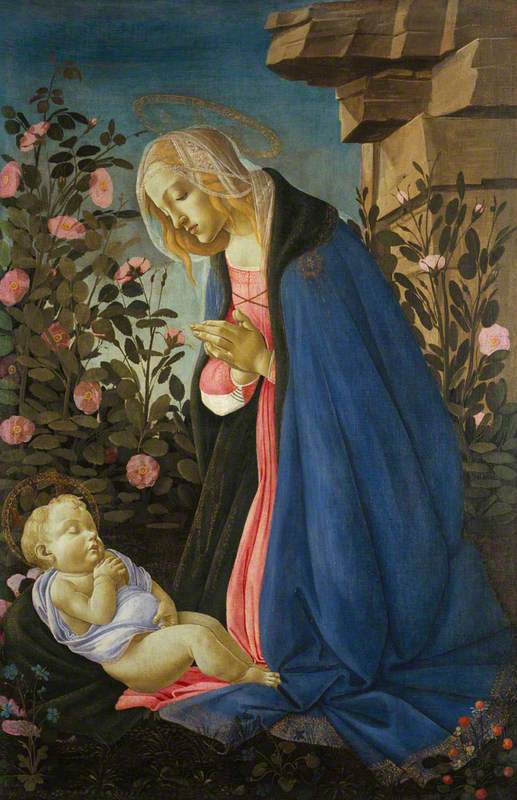
Serbia
Winning the Contest in 2007, Serbia also boasts having the artist Milorad-Bata Mihajlović (b.1923). Previously Serbia had participated in Eurovision as part of Yugoslavia as well as Serbia and Montenegro.
Switzerland
With the internet going crazy over Swiss Eurovision singer Luca Hanni, it always seemed likely that Switzerland would make it into the Grand Final this year.
Representing Switzerland in art is Alexandre Calame (1810–1864), who painted this exquisite landscape in 1855.
Australia
Yes, Australia... A fierce contestant since 2015, Australia is a Commonwealth country and they share our Queen as their head of state, which totally makes them European (or something?). Either way, save your breath because the broadcasters write the rule book.
Sidney Nolan (1917–1992) is a legendary Australian artist who came to London in 1951.
Spain
Spain tends to take Eurovision pretty seriously, presenting a passionate performance by couple Amaia y Alfred last year. Alas, the pair broke up shortly after their unsuccessful Eurovision foray.
Representing Spain in the art category is Salvador Dalí (1904–1989).
***INTERVAL TIME ***
Superstar Madonna is set to perform at this year's Eurovision in Tel Aviv during the interval (before the voting), so in celebration of her pop highness, here's another Madonna.
The Madonna and Child with Attendant Angels
17th C
South American School 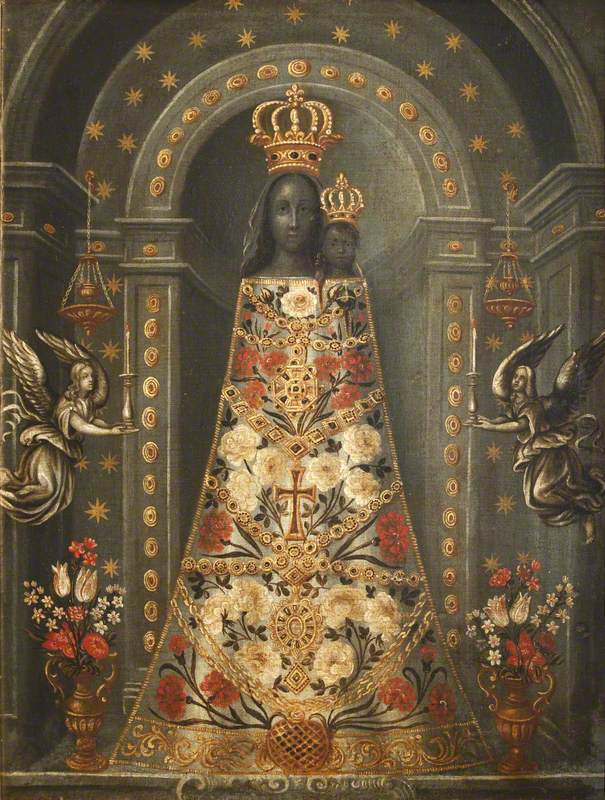
There's really no conclusive way to round up this story, except to say that it is greatly disappointing that neither Finland (the country who gave us Lordi's Hard Rock Hallelujah in 2006) nor Moldova (proud sponsors of the 'epic Sax guy') will be gracing us with their presence in the final this year.
Now you've seen all the entries for Art UK's art contest, as someone wise once said, the time's arrived... for making your mind up!
Lydia Figes, Content Creator at Art UK
